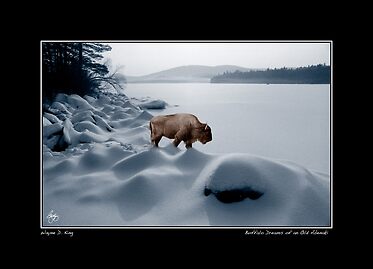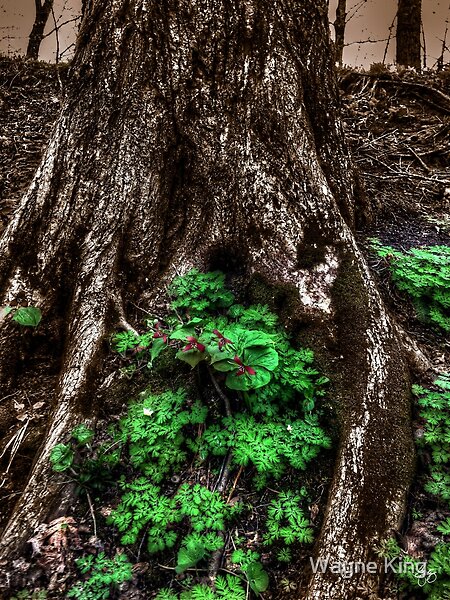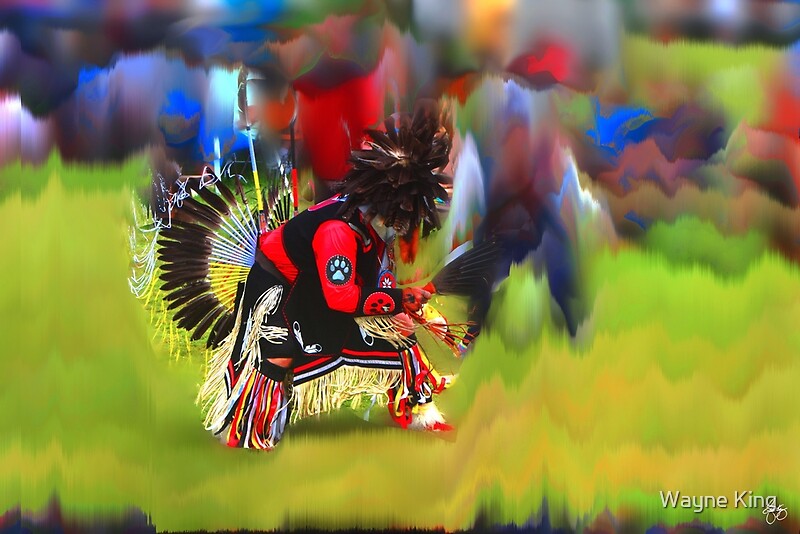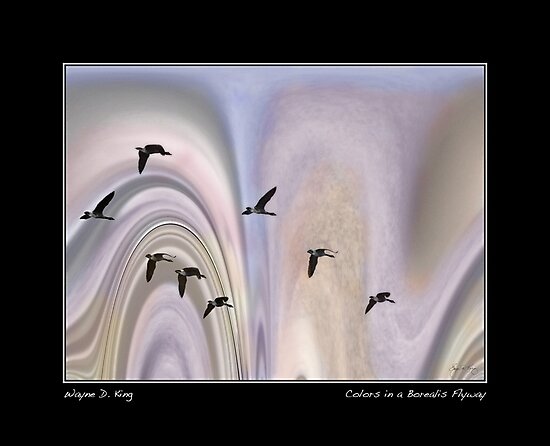W Richard West Jr. "Rick" to those who know him graduated from Camp Mowglis in 1957, his first and last year as a camper. He returned briefly as a counselor as well.
Rick is the Founding Director of the Smithsonian Museum of the American Indian where he oversaw the development and construction of the Museum. While Rick was not trained as a museum curator or director, he spent 20 years as a lawyer after graduating from college and law school, but he proved himself skillful in his new field and after the hugely successful launch of the Smithsonian Museum of the American Indian the Autry was eager to snap him up. Now the CEO of the Autry National Center of the American West, Rick finds himself living in Los Angeles but still thinking fondly of his days in Albuquerque, Muscogee and Mowglis.
https://soundcloud.com/wayne-king-999726539/mowglismemories-podcast-w-richard-west-jr
Wikipedia
Walter Richard "Rick" West Jr. (born January 6, 1943) is the president and CEO of the Autry National Center in Los Angeles.[1] He was the founding director of the Smithsonian National Museum of the American Indian,[2] retiring from the position in 2007. He is also a Peace Chief[3] of the Southern Cheyenne.[4] His professional life has been devoted to serving the American Indian community on cultural, artistic, educational, legal and governmental issues.
https://en.wikipedia.org/wiki/W._Richard_West_Jr.
This YouTube Video is his address to the famous Chautauqua Institution.
https://www.youtube.com/watch?v=Ww5RnF-ti7Q
The Basket Story
https://www.youtube.com/watch?v=Q-CnK_EhumE
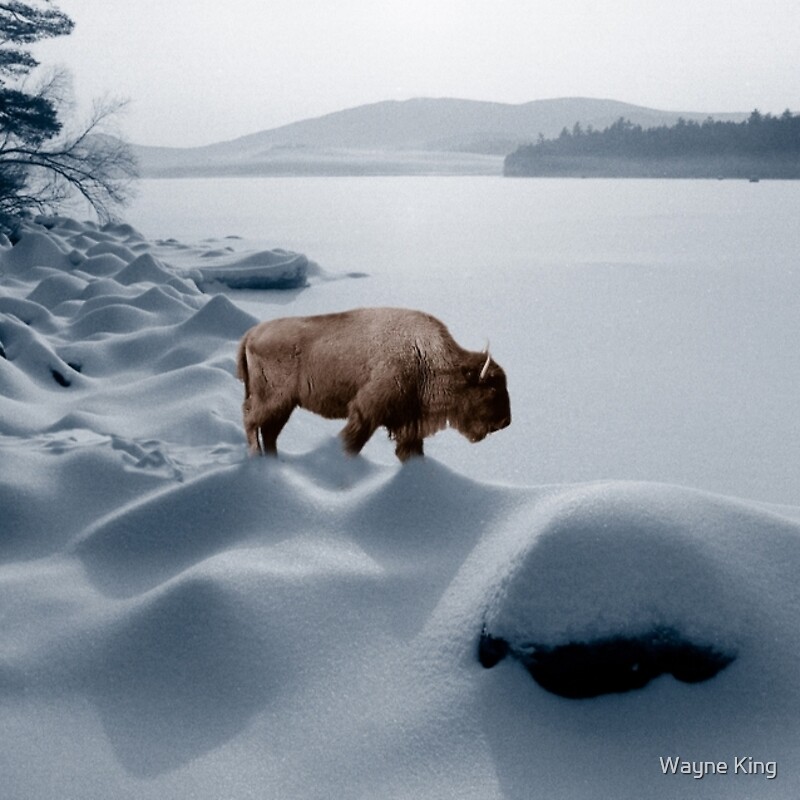 | ||
| Spirit Buffalo Before a Frozen Lake Before becoming director of the National Museum of the American Indian, West practiced law at the Indian-owned Albuquerque, N.M., law firm of Gover, Stetson, Williams & West, P.C.; and before that, he was a partner in the Washington, D.C., office of Fried, Frank, Harris, Shriver & Jacobson. He served as general counsel and special counsel to numerous tribes and organizations. In that capacity, he represented clients before federal, state and tribal courts, various executive departments of the federal government and Congress. West’s current board affiliations and memberships include: Stanford University (2002- present); National Parks and Conservation Association (2002-present); Ford Foundation (1999- present); National Support Committee of the Native American Rights Fund (1990-present); and American Indian Resources Institute (1973-present). He served as chair of the board for the American Association of Museums, the nation’s only national membership organization representing all types of museums and museum professionals, from 1998-2000. From 1992-1995 and 1997-1998, he served as member-at-large of the association’s board of directors and in 1995-1996 as vice chair of the board of directors. West currently is vice chair of the American Association of Museums/International Council of Museums, which represents the interests of American institutions in the international museum community. As part
of the legislation establishing the National Museum of the American Indian, it was mandated by
Congress that one-third of the construction costs of the Mall museum be raised from nonfederal
sources. To date, the museum has raised more than $100 million in nonfederal funds for construction
and the opening of the museum. West continues to oversee the fundraising campaign of the museum,
which also provides for an endowment and ongoing educational and outreach programs.
Established in 1989, through an Act of Congress, the National Museum of the American Indian
is an institution of living cultures dedicated to the life, languages, literature, history and arts of the
Native peoples of the Western Hemisphere. The museum includes the National Museum of the
American Indian on the National Mall, the George Gustav Heye Center, a permanent exhibition and
education facility in New York City, and the Cultural Resources Center, a research and collections
facility in Suitland, Md.
West, who grew up in Muskogee, Okla., was born in San Bernardino, Calif., on Jan. 6, 1943,
the son of American Indian master artist, the late Walter Richard West Sr., and Maribelle McCrea
West. He earned a bachelor’s degree (major in American history) magna cum laude in 1965 and
graduated Phi Beta Kappa from the University of Redlands in California. He also received a master’s
degree in American history from Harvard University in 1968. West graduated from the Stanford
University School of Law with a doctorate of jurisprudence degree in 1971, where he also was the
recipient of the Hilmer Oehlmann Jr. Prize for excellence in legal writing and served as an editor and
note editor of the Stanford Law Review. He is married to the former Mary Beth Braden, who retired
from the U.S. Department of State in 2005. They have two adult children, Amy and Ben.
West was succeeded by Kevin Gover (Pawnee/Comanche) as the director of the National
Museum of the American Indian in December 2007. |




